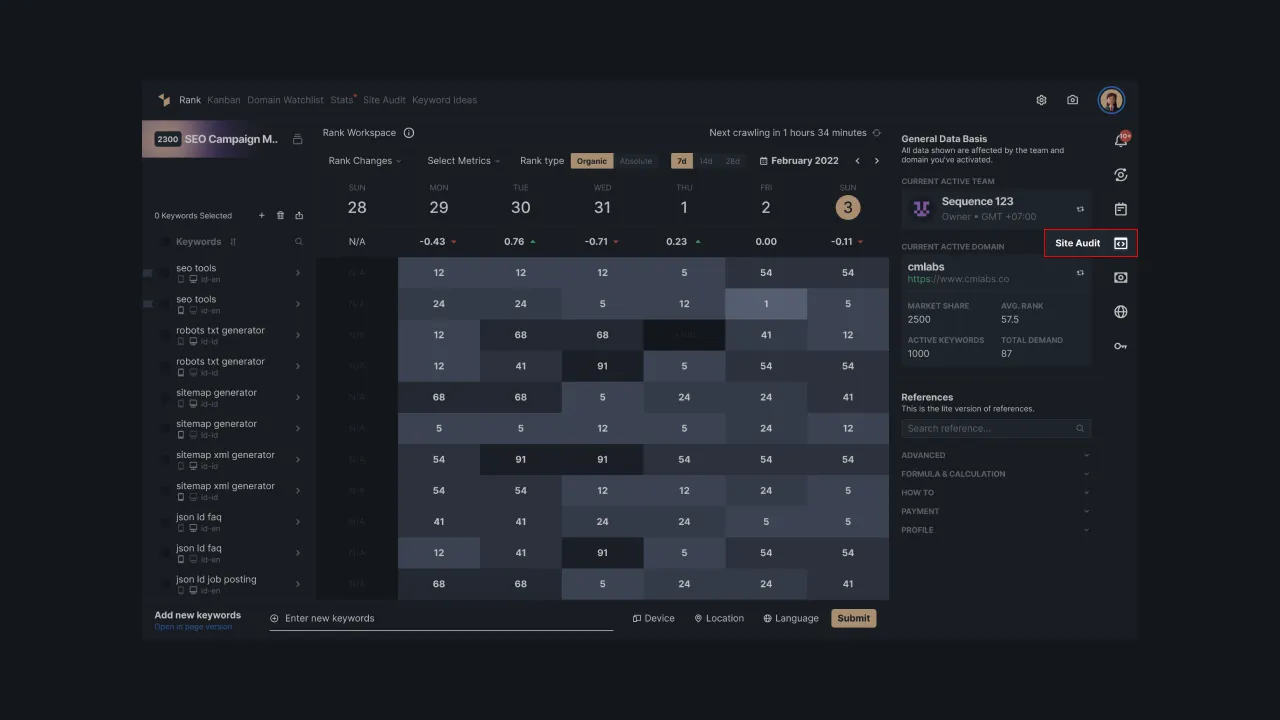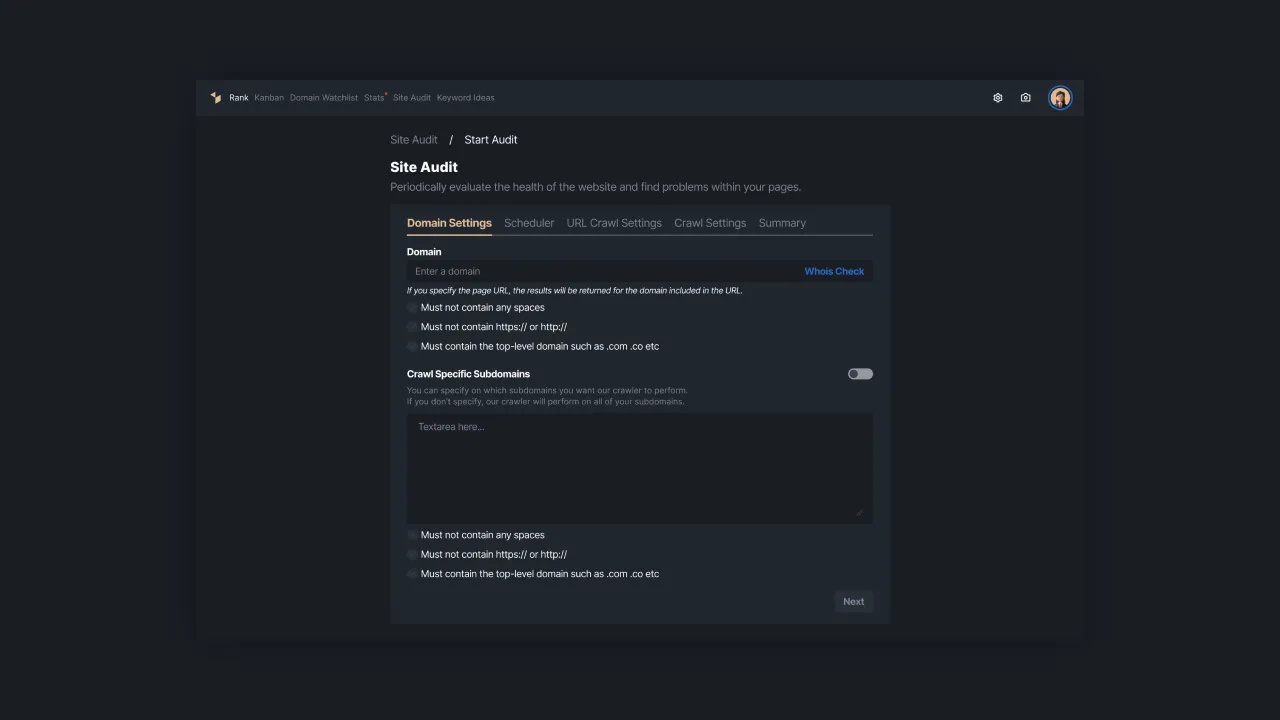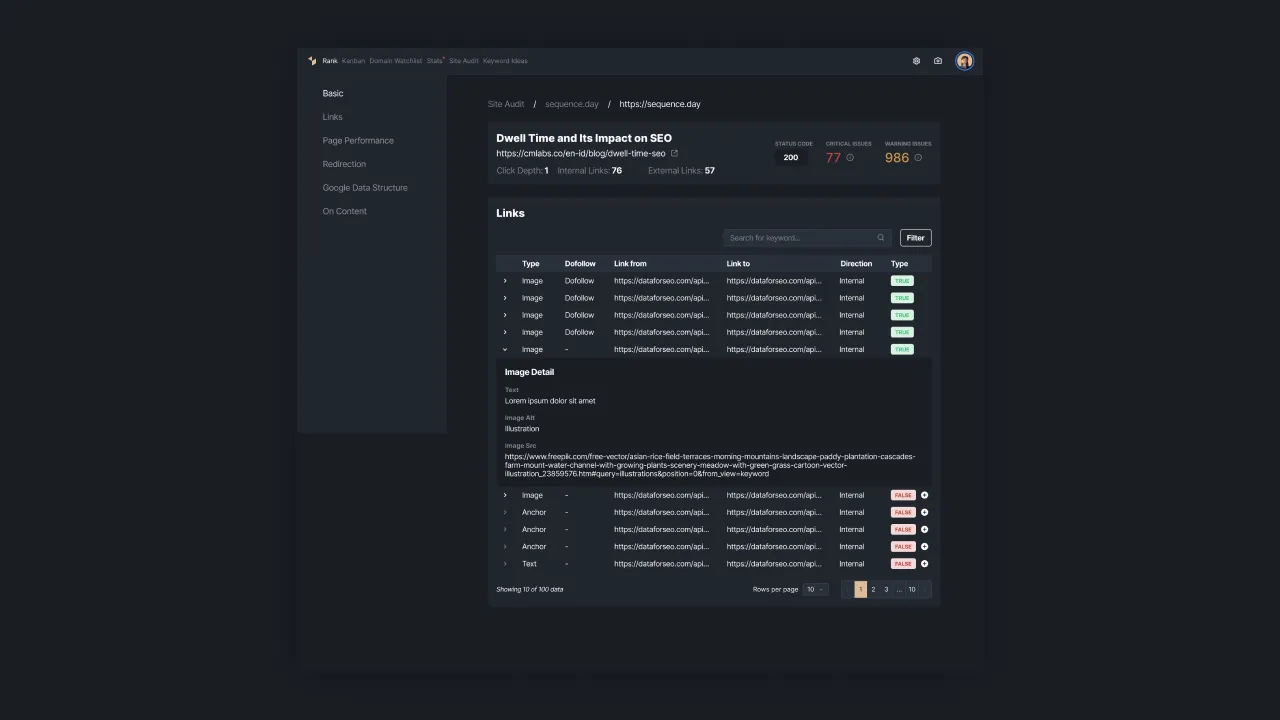Alt Text: What It Is and Why It Matters In SEO
One crucial but often overlooked element is the use of alternative text, commonly known as "Alt Text." Since Google shows images in the top SERP quite often, you must take advantage of this.
That is the reason why you need to provide strategic alt-text for your images. In this article, you will find the definition, importance, and how you could audit your images.
What is Alt Text?
Alt text, short for Alternative Text, is a descriptive attribute added to an HTML image tag. Its primary purpose is to provide a textual description of the content within an image to make it accessible for people who are visually impaired or unable to view images on a webpage.
Alt text for images is embedded in the HTML code and serves as an alternative means of understanding the visual information presented. Here are alt text examples you might find in images on the SERP:
1. Descriptive Alt Text for a Photo
<img src="example.jpg" alt="A family enjoying a picnic in a sunlit park with a checkered blanket and a picnic basket." />
2. Functional Alt Text for a Decorative Image
<img src="decorative-border.png" alt="Decorative border image for visual appeal, no content significance." />
3. Informative Alt Text for an Infographic
<img src="infographic.png" alt="A timeline infographic depicting the evolution of technology from the 20th to the 21st century." />
4. Descriptive Alt Text for a Product Image
<img src="product123.jpg" alt="Professional DSLR camera with high-resolution image sensor, ideal for photography enthusiasts." />
5. Contextual Alt Text for a Logo
<img src="company-logo.png" alt="Sequence Stats Logo - A stylized representation all-in-one SEO tool." />
When a user encounters an image on a website, the alt text is displayed instead of the image, either as a tooltip or within the content of the webpage.
This feature is especially beneficial for screen readers and assistive technologies used by individuals with visual impairments. Alt text also enables these tools to interpret and convey the content of images for a more inclusive and accessible online environment.
How Alt Text Affects SEO
Understanding how alt text affects SEO is essential in the context of Google's approach. According to Google, alt text, combined with computer vision algorithms and page content can help the search engine grasp not only the content of images but also the overall theme of a webpage.
This is crucial because it significantly boosts the chances of your images appearing prominently in search results, especially in image searches.
Moreover, Google's Search Generative Experience (SGE) takes this importance a step further. SGE powered by artificial intelligence aims to give users a quick snapshot of key information.
For your content to shine in these AI-driven experiences, it's vital to have descriptive and specific alt text, especially for product images. This alt text for images gives search engines the context they need to recognize and showcase your products as top-notch choices in users' search results.
How to Implement Alt Text for Images
Implementing alt text for images is a straightforward process that involves adding descriptive and concise text to the HTML code associated with the image. Here's a step-by-step guide on how to do it:
1. Locate the Image Tag
Identify the HTML image tag () associated with the image you want to add alt text. The image tag typically contains the "src" attribute specifying the image file.
<img src="example.jpg" alt="Alt Text Goes Here" />
2. Insert Alt Attribute
Within the image tag, include the "alt" attribute and provide a descriptive text that accurately represents the content or purpose of the image. Keep the alt text succinct but informative.
<img src="example.jpg" alt="A family enjoying a picnic in a sunlit park with a checkered blanket and a picnic basket." />
3. Be Descriptive and Relevant
Craft alt text that precisely describes the image's content or function. This text is not just for search engines but also for users who may not be able to view the image. Additionally, avoid generic phrases and strive for specificity.
<img src="product123.jpg" alt="Professional DSLR camera with high-resolution image sensor, ideal for photography enthusiasts." />
4. Verify Alt Text Accuracy
Once you've added alt text, ensure its accuracy by checking how it appears when the image is not loaded. This can be done by disabling images in your browser or using accessibility tools.
Auditing Alt Text
Auditing alt text is a crucial step in ensuring the accessibility and SEO optimization of your website. When conducting a site audit to identify missing alt text, you can use the Sequence Stats Site Audit feature for a comprehensive and efficient evaluation. Here's how you can approach the process:
1. Access Sequence Stats Site Audit
Begin by accessing the Sequence Stats platform and navigating to the Site Audit feature. If you don't have an account, you may need to sign up for the app.
 |
|---|
| Picture 1 - Site Audit Menu. |
2. Initiate Site Audit
Start a new site audit by identifying the audit specs that you desire.
 |
|---|
| Picture 2 - Setting the Site Audit specification. |
3. Wait for the Analysis to Complete
The Sequence Stats Site Audit feature will systematically crawl through the specified domain, examining various elements, including images and their associated alt text.
4. Review Audit Results
Once the audit is complete, review the results to identify any issues related to missing or inadequate alt text. The tool will likely provide a detailed breakdown of the pages and images that require attention.
 |
|---|
| Picture 3 - Site Audit Result. |
5. Focus on Missing Alt Text
Specifically, look for sections or images flagged as missing alt text. These are instances where descriptive text needs to be added to enhance both accessibility and SEO.
By utilizing the Sequence Stats Site Audit feature, users can streamline the process of auditing alt text and make it more efficient and comprehensive.
To start yours, please register and enjoy the free trial of Sequence Stats!